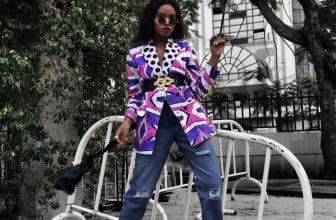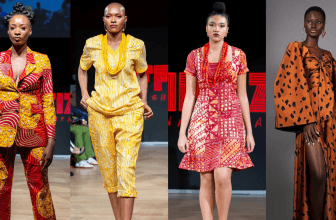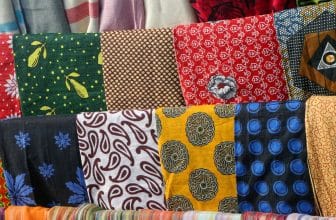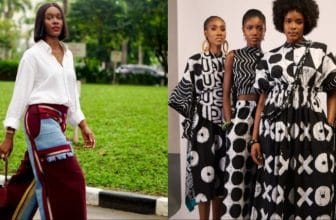The Story of Adire — Nigeria’s Indigo Soul
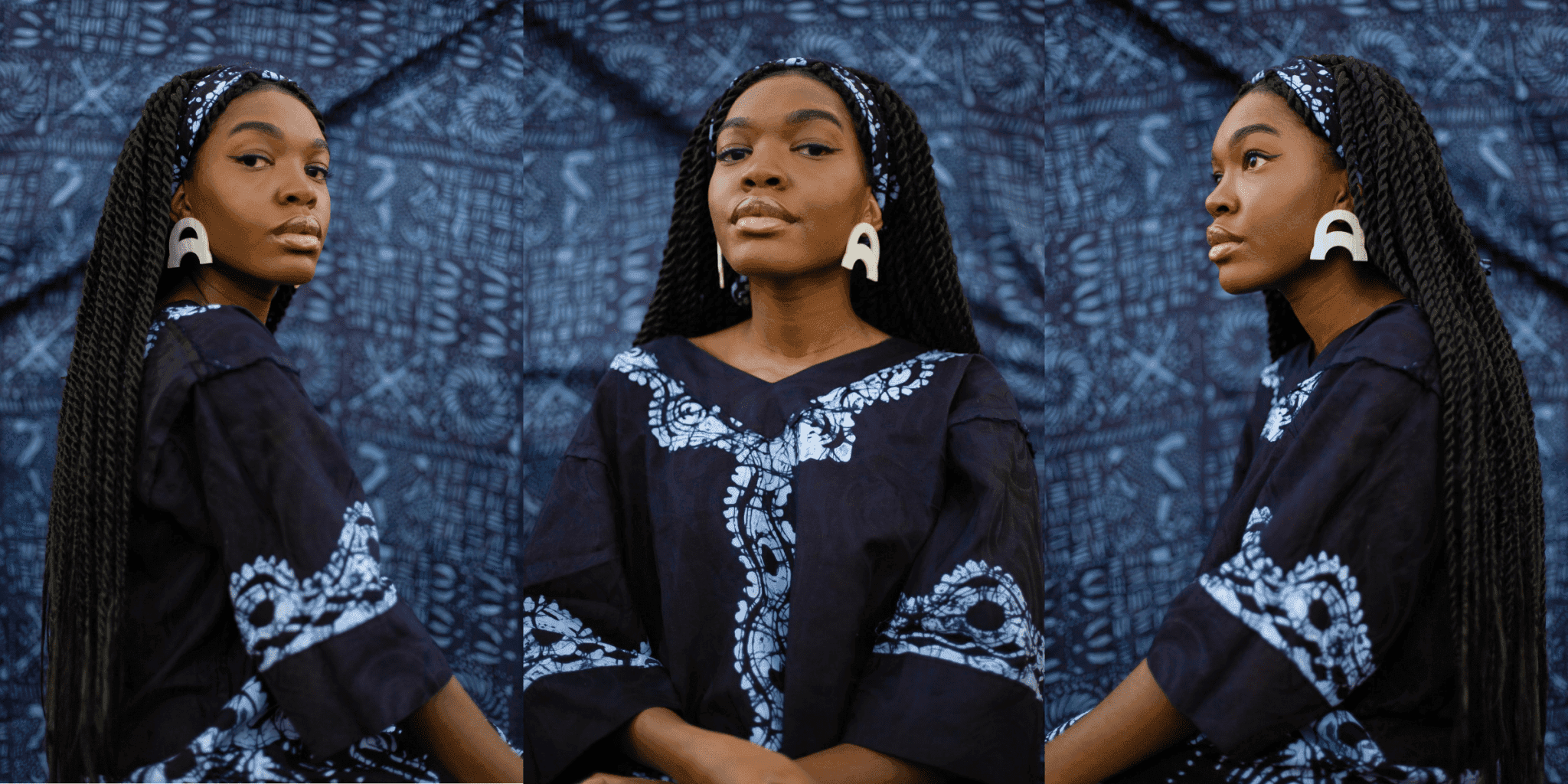
Introduction
Before modern fashion trends, before synthetic dyes or digital printing — there was Adire.
Born in the heart of Abeokuta, Nigeria, Adire is more than a textile. It is the voice of Yoruba women, a living art passed from generation to generation, telling stories of identity, resilience, and beauty — all through the language of indigo.
In every fold, every swirl, and every symbol, Adire carries the rhythm of Nigeria’s past and the promise of its creative future.
1. The Birth of Adire: Where Culture Meets Craft
Adire (which means “tie and dye” in Yoruba) dates back to the early 1900s, when Yoruba women began experimenting with resist-dyeing using natural indigo and raffia threads.
They would tie, stitch, or paint patterns onto cotton cloth before dipping it into deep blue dye baths — each layer revealing hidden stories once the fabric dried.
For these women, Adire was more than clothing. It was expression.
It was a diary written in patterns.
2. The Power of Indigo — The Color of Spirit
Indigo isn’t just a color in Yoruba culture — it’s a symbol of peace, depth, and spirituality.
The process of dyeing cloth in indigo pits (still found in Abeokuta today) is sacred — representing cleansing, renewal, and protection.
Many artisans still whisper blessings into the dye as they work — believing the fabric carries the energy of its maker. That’s what makes Adire not just fashion, but soulwork.
3. Patterns That Speak Without Words
Each Adire motif has meaning. Some of the most beloved include:
• Alabere (stitching): represents patience and precision
• Eleko (cassava paste painting): symbolizes creativity and storytelling
• Oniko (raffia tie): reflects community and connection
When Yoruba women wore Adire, they were communicating — to their sisters, their ancestors, and even the divine.
4. Adire in the Modern World
Today, designers in Lagos, London, and New York are reimagining Adire for modern audiences — turning it into jackets, sneakers, scarves, and even digital prints.
But the essence remains: handmade, intentional, sacred.
The world is finally waking up to what Nigeria has always known — Adire is timeless.
Fashion houses are now collaborating with local dyers in Abeokuta and Osogbo, ensuring that the art form is not just preserved, but elevated into global consciousness.
5. Preserving the Heritage
As technology evolves, the question becomes — how do we protect the authenticity of Adire?
The answer lies in education and collaboration:
• Supporting women-owned dyeing collectives
• Teaching younger generations the cultural roots of the craft
• Encouraging local designers to combine Adire with contemporary fashion without losing its spirit
When tradition and innovation meet, heritage thrives.
Conclusion
Adire is not just a fabric — it’s a heartbeat.
It carries the wisdom of ancestors, the creativity of artisans, and the pride of a nation that continues to shape the world’s fashion narrative.
Every time someone wears Adire, they are not just dressing — they are remembering.



